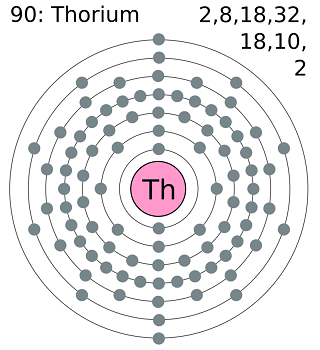How Close Are We To “Advanced Nuclear?”

“Professor Li, director of the project’s molten salt chemistry and engineering technology division, said the smog crisis had provided huge impetus for their research.
“‘The problem of coal has become clear. If the average energy consumption per person doubles, this country will be choked to death by polluted air,’ he said. ‘Nuclear power provides the only solution for massive coal replacement and thorium carries much hope.’”
I completely favor developing “advanced nuclear,” by which we normally mean LFTRs. My only problem is talking about this technology as though it actually exists. It doesn’t. Of course, its proponents say we’re right around the corner, in terms of both time and dollars, but that’s what we’ve been hearing for a very long time, and I see no reason to believe that it’s true.
I’m also not convinced that this can happen in the absence of nuclear, given the plummeting costs of things like solar, wind, and storage, and the development of all the other goodies that will define the energy industry of the 21st Century: smart-grid, high-voltage transmission, microgrids, electric transportation, etc.

Regrettably, nuclear is more difficult than one might hope. But I think your “plummeting price” means that you’ve been reading the renewable propaganda, I think nuclear is still likely to be cheaper
I don’t really understand. If you think nuclear is “likely to be cheaper,” why do you think it’s “more difficult than one might hope?”
Craig, what’s your recommendation for reputable data on renewables cost trends?
Here you go: http://2greenenergy.com/2015/06/24/costs-of-solar-and-wind-plummeting/. Anyone who Googles this subject will find tons of data.